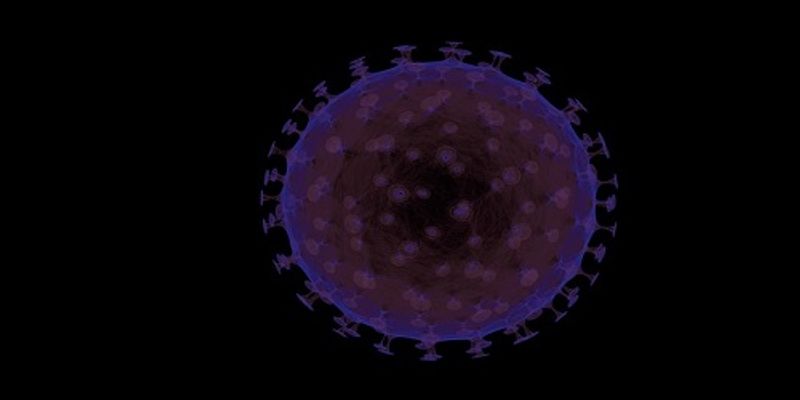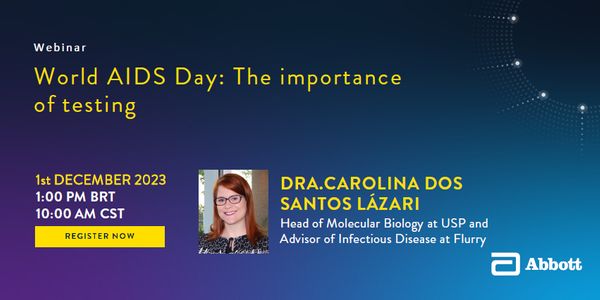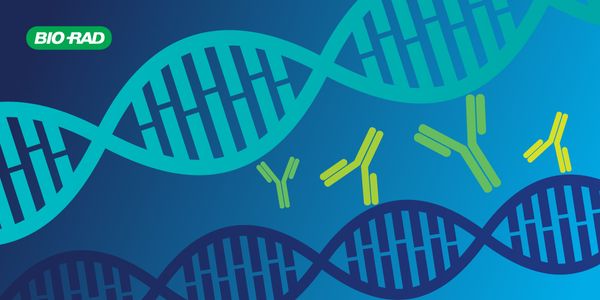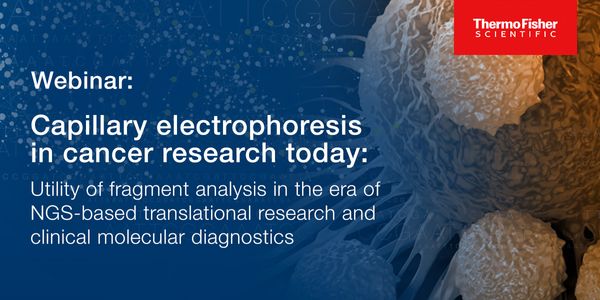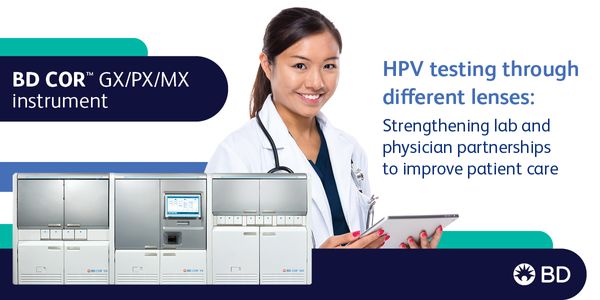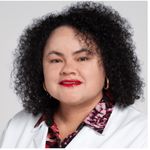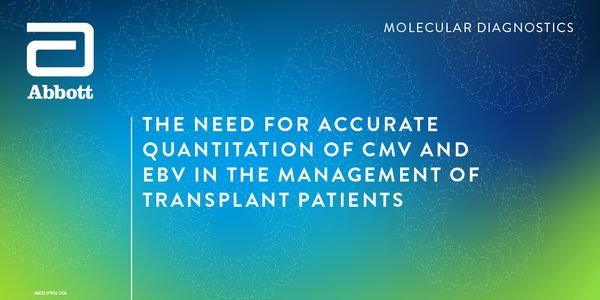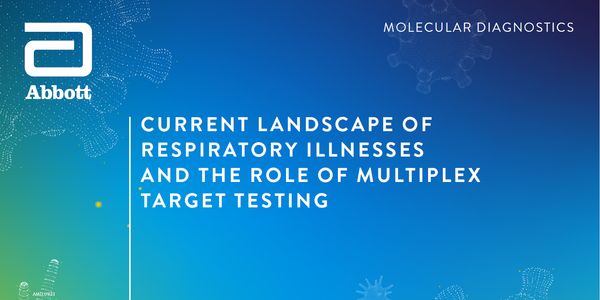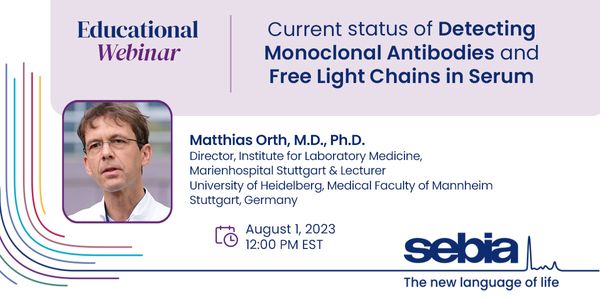Pathology
Pathology: The study of disease. Pathology has been defined as "that branch of medicine which treats of the essential nature of disease. As a field of general inquiry and research, pathology addresses four components of disease: cause, mechanisms of development (pathogenesis), structural alterations of cells (morphologic changes), and the consequences of changes (clinical manifestations). A pathological condition is one caused by disease, rather than occurring physiologically.
-
DEC 01, 2023 | 8:00 AMAccording to the most recent data from UNAIDS, in 2022, there were around 39 million people living with HIV worldwide. Of these, 5.5 million people were unaware of their diagnosis in 2021. M...Spheroids and organoids, two examples of 3D cell culture models, have become invaluable tools to study the processes that dictate behavior of tissues under physiological and pathological con...
NOV 14, 2023 | 10:00 AM
Assessment for anti-dsDNA antibodies provides some of the most significant challenges in autoantibody serology testing. Anti-dsDNA antibodies are an important biomarker for systemic lupus er...
Access to and experiences with healthcare continue to be inequitable worldwide even at the level of clinical laboratory testing. From building and sustaining a thriving, diverse workforce to...
Speaker:
Linda Hasadsri, MD, PhD
Gynecologic cancers account for nearly 40% of all cancer incidence and >30% of all cancer mortality in women worldwide. In recent years, there have been significant advancements in the cl...
OCT 30, 2023 | 8:00 PM
Description: Join this two-part webinar to learn how capillary electrophoresis (CE) complements sequencing technologies, such as next generation sequencing, that are being used by cancer res...
OCT 26, 2023 | 10:00 AM
Clinical laboratories rely on slide staining to clearly analyze components of patient samples and facilitate accurate diagnosis. While automated staining in itself is a great advancement ove...
OCT 26, 2023 | 8:00 AM
Description: Join this two-part webinar to learn when capillary electrophoresis is an ideal choice relative to other various sequencing technologies – such as next generation sequencin...
OCT 24, 2023 | 10:00 AM
Dynamic changes in chromatin drive gene expression programs during cellular development and contribute to pathological changes underlying disease. To date, efforts to characterize chromatin...
OCT 18, 2023 | 9:00 AM
In this webinar, Jenny Meredith, Ph.D., HCLD(ABB), Clinical Microbiology Director at Prisma Health-Upstate joins forces with Sara Ezra, Molecular Supervisor at Pathology Consultants (subsidi...
OCT 10, 2023 | 10:00 AM
For patients with advanced non-small cell lung cancer (NSCLC), tissue samples are typically small biopsies. These samples undergo standard of care evaluation for >10 biomarkers to identif...
OCT 10, 2023 | 9:00 AM
Numerous studies have shown that homologous recombination deficiency (HRD) is a genome-wide biomarker present in high grade ovarian and breast cancers. A cancer therapeutic class, PARP inhib...
OCT 10, 2023 | 1:00 AM
Numerous studies have shown that homologous recombination deficiency (HRD) is a genome-wide biomarker present in high grade ovarian and breast cancers. A cancer therapeutic class, PARP inhib...
SEP 21, 2023 | 8:00 AM
As the opioid epidemic continues to claim lives and devastate families across the nation and world, we recognize September 21, 2023 as opioid awareness day. Opioids are analgesics with high...
Discover key insights on coagulation factor testing, hemophilia diagnosis, and assay selection in our upcoming clinical webinar....
Speaker:
Morayma Reyes-Gil, MD
SEP 14, 2023 | 11:00 AM
In the United States, over 40,000 transplantations are performed annually. Ensuring post-transplant success requires diligent monitoring of infectious diseases that are associated with a wid...
AUG 24, 2023 | 8:30 PM
When building your own infectious disease molecular panels there are many paths to consider. In this interview, we ask Marcus Cognetti and Dr. Ari Frenkel what approach is required to create...
AUG 17, 2023 | 8:00 AM
Globally millions of individuals get sick, hundreds of thousands are hospitalized, and tens of thousands die from respiratory viruses such as Influenza and Respiratory Syncytial Virus (RSV)...
AUG 01, 2023 | 9:00 AM
Testing for abnormal immunoglobulins was based previously on serum electrophoresis and immunofixation only. In the last years, however, free light chain (FLC) testing in serum became one imp...
Phosphorylation of α-synuclein at the Serine-129 site (α-syn Ser129P) is an established pathologic hallmark of synucleinopathies and a therapeutic target. In physiologic states,...
Speaker:
Dr. Leonardo Parra-Rivas
Presented at: GenScript 3rd Annual Gene and Cell Engineering Summit
Breast cancer is the most common cancer diagnosed in women and the second leading cause of female cancer death in the United States. In the last 25 years, the number of therapeutic options f...
The practice of pathology is rapidly undergoing a transformation in which multiple tools such as digital imaging, advanced artificial intelligence algorithms, and computer-aided diagnostic t...
Worldwide gastric cancer is the 5th most common cancer and the 4th leading cause of cancer deaths. Its highest incidence rates are in east Asia and eastern Europe with low incidence rates in...
